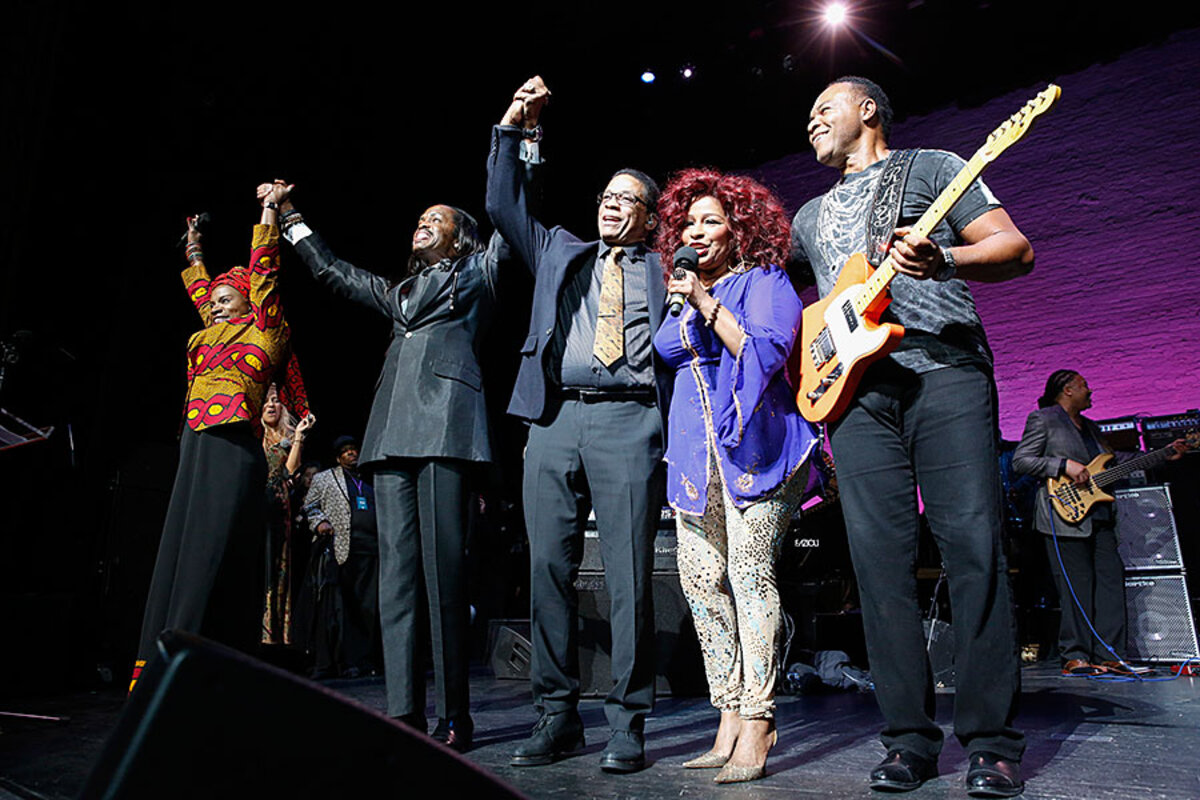In Harlem, African-American colonial-era graveyard confirmed
Loading...
It’s hard to imagine that the bustling Harlem neighborhood of New York City was once a bucolic, Dutch waterfront village, anchored by the Reformed Low Dutch Church of Harlem, today called the Elmendorf Reformed Church.
But the area’s colonial history, particularly the African American roots that some charge have been largely ignored by historians of New York, has come into sharp focus with the discovery of an African-American graveyard there. It is located under a bus depot in this legendary center of black culture in upper Manhattan.
Archaeologists have unearthed more than 140 bones and bone fragments under the now-closed 126th Street Bus Depot in upper Manhattan last summer, confirming what some Harlem historians had long suspected: that it was the site of a churchyard where New Yorkers of African descent were buried from the 17th through 19th centuries.
“We’re very excited,” Melissa Mark-Viverito, New York City Council speaker and member of the told The New York Times.
“This is a way of affirming a part of ,” she said.
The discovery of this burial ground makes it one of few remaining African-American historical sites from the colonial period, so city leaders are trying to determine how to commemorate this representation of the neighborhood’s origins as Nieuw Haarlem, named after a Dutch city.
Today’s Harlem is thought to have been originally settled by the Dutch in the 1600s, and formally incorporated in 1660 at the same time that the first Dutch church was chartered there.
Records show that both at the time, according to urban planner Zac Campbell, who was part of a group of Hunter College urban planning students who worked with the burial ground task force several years ago .
When the first church was built at what is now the corner of East 127th Street and 1st Avenue, the adjacent quarter acre of land was set aside in 1665 for a “Negro Burying Ground” by Dutch governor Peter Stuyvesant. He had ordered enslaved Africans a few years earlier to build a nine-mile road from lower Manhattan to what was then the rural area of Nieuw Haarlem.
The graveyard, along with the original New Harlem settlement, was paved over in 1811 to make room for New York City’s grid redesign.
Patricia Singletary, the current pastor of the Elmendorf Church, the first woman to hold the title at this successor to the first Dutch church in Harlem, had been arguing that the African burial ground still existed somewhere in East Harlem, according to Mr. Campbell.
This was confirmed in 2008, when Department of Transportation employees , according to local reports.
The bus depot on the site was closed in 2014 as a result of community pressure to preserve the graveyard. The site is now a candidate for a residential development, reports the Times, one that would include a memorial for the community buried underneath.
“Many things come full circle, but in the never ending push towards progress,” wrote Campbell of the recent discovery of the bones in The Brooklyn Quarterly.
“Still, I wonder what the memorial will look like and what it will mean for the people who live there now,” he wrote.




